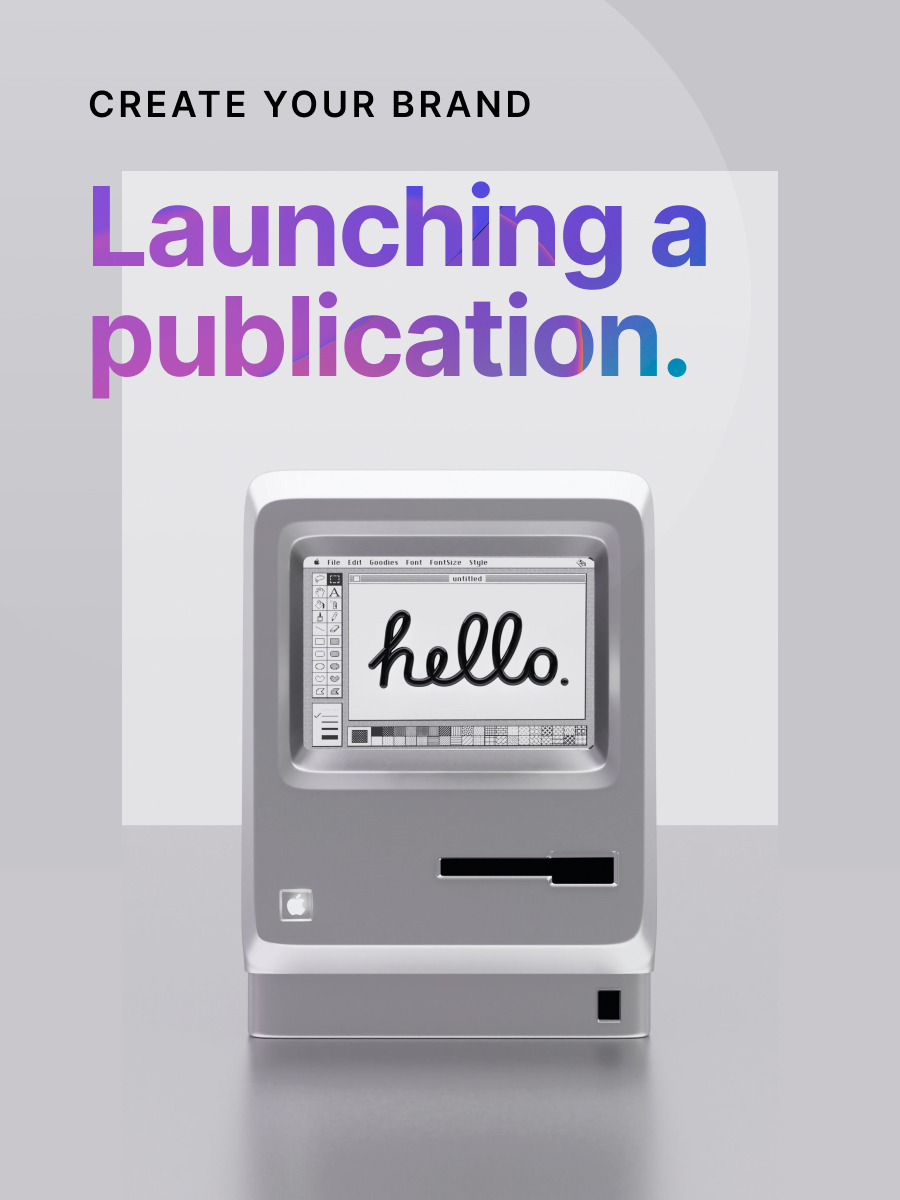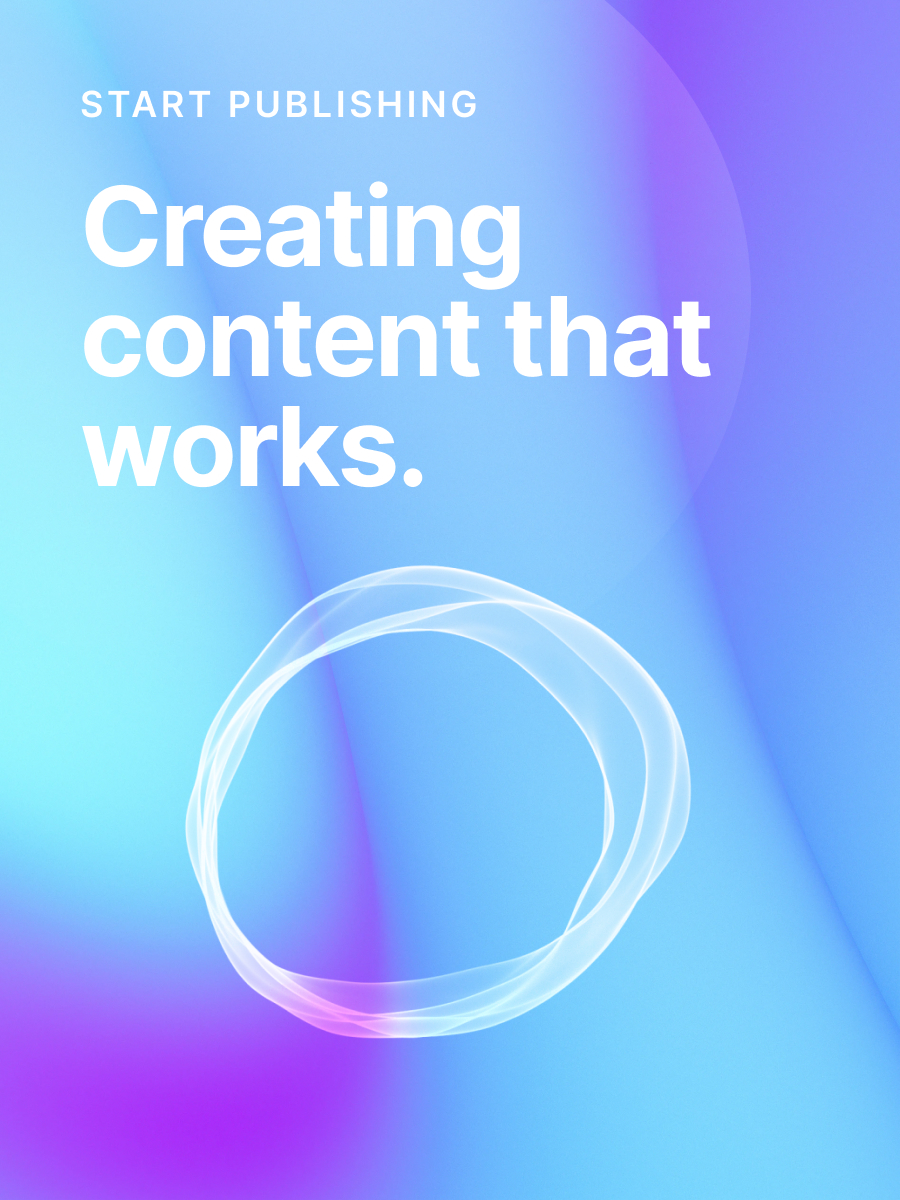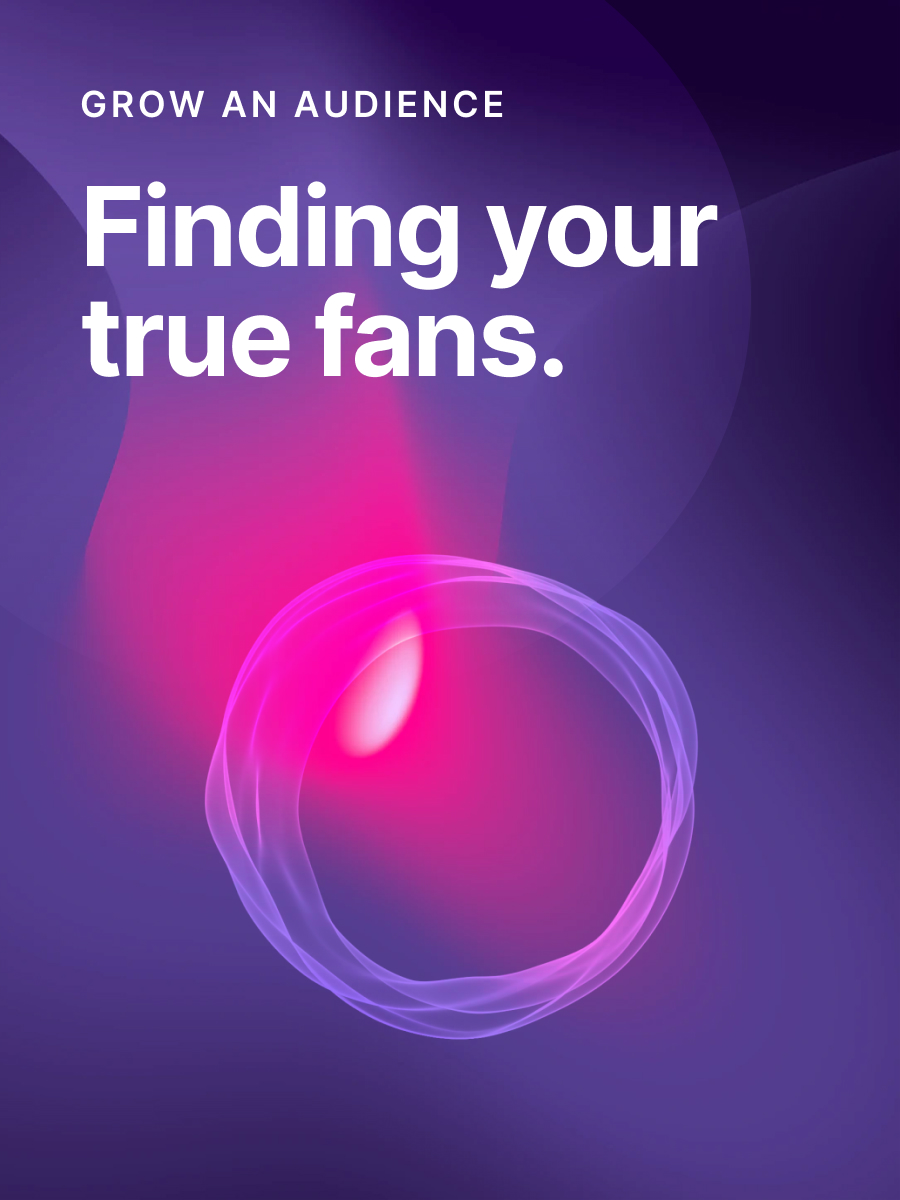#161 — The competitive advantage of long tail thinking for publishers
In this issue of Publisher Weekly, learn how to leverage SEO for your membership, uncover why you might need to rethink your pricing, and see how slow journalism is changing the industry.
Want to get featured below? Submit an article.
In explaining why some companies are more successful than others, Morgan Housel writes, "Long tails drive everything." Whether it's starting with SEO, raising your prices, or betting on a personal competitive advantage, the longer you see it through, the more likely your chances of success become. This edition curates a number of sources that will help you ride the long tails to growth.
💯 Top picks
How to leverage SEO for a membership website
The latest article from the Ghost blog answers a question many membership site owners ask: how to use SEO when most of their content is "protected?" The short answer is you need to implement a segmented content strategy that combines public, freemium, and premium content in a way that grows your business while satisfying your members. The article includes clear action steps along with examples of creators successfully using this strategy.
Related: How to set the right SEO goals — Ahrefs
💸 Business models
“The biggest pieces of the puzzle”: Pricing strategies publishers are using to get readers to pay and stay
What's New In Publishing released findings from a report that looked at how subscription pricing models have been affected by the pandemic. The article contains numerous takeaways that can help publishers position their products more effectively in the market. One key idea the post reiterates is that many publishers use the "wrong companies as benchmarks." The following quote further illustrates this point.
People say, ‘I can’t price at US$15 a month because that’s more expensive than Netflix or The New York Times. Well you’re not competing against them. Sure, it’s a share of the consumer’s discretionary wallet, but it’s not the same news you’re generating. The value proposition is entirely different.
Deciding whether to have a sidegig or quit your job?
Indie Hacker James Fleischmann discusses how and when solo-creators should dedicate their resources to growing projects. On the one hand, quitting your job and going all-in can speed up the process. But this option comes with a lot of risks. The alternative, which is to work on both your day job and side project simultaneously, will be the best option for the largest swath of people. The post also includes a list of helpful questions and frameworks to consider.
Succeeding at the creator game
Idea Economy presents a high-level view of the factors that contribute to or hinder a creator's success in the current landscape. Midway through the article, there's a list of resources on various revenue opportunities and how to learn more about each one. Some of those may be of benefit if you're looking to add to your web of value.
📝 Modern publishing
Journalism's two Americas
The disparate fortunes skew what gets covered, elevating big national political stories at the expense of local, community-focused news.
National news is more profitable than its local counterparts for a simple reason: it reaches more people. The difficulties local news organizations face are being compounded by the surge of money and resources pouring into national operations. Many local entities have even opted for non-profit status, which has been able to curtail some of their expenses while adding donations as another revenue stream. It's a stark reminder that to succeed in local news, the game must be played differently.
Why ‘slow journalism’ thrived during the pandemic
This article examines Tortoise, a media company started in 2019 with the goal of offering members more direct influence over what news got covered. This crowdsourced approach has led to a subscriber base of over 110,000 members. A spokesperson for the brand explained that news should be "an active conversation," and their growth has been due to, in large part, facilitating that conversation.
Related: 13 self-care tips for overworked journalists — Journalism.co.uk
Editors discuss the future of comment sections
NiemanLab curated the strongest arguments for and against comment sections from the latest Center for Media Engagement roundtable discussion. On the pro-comments side, journalists found that public comments helped them better understand their audience, led to thorough fact-checking, and added a community element to their role. On the negative side, comments were often attacking reporters, furthering misinformation, or blatantly off-topic.
📬 Email newsletters
Email marketing metrics: How to measure the health of your campaigns
Writer Melissa Spadafora offers a brief look at the metrics publishers should watch to measure the health of their campaigns. These include basic items such as open, click-through, and unsubscribe rates. Although these numbers can only tell part of the story, paying attention to general trends can be helpful over the long term.
You have a competitive advantage – here’s how to find it
For The Interested highlights eight questions publishers can ask themselves and/or their teams to better leverage their underutilized advantages. The subjects push readers to identify any relationships, resources, experiences, or skill sets others may not possess, and to creatively mold that into a profitable asset.
6 must-read newsletters to stay on top of your social media game
For most publishers, social media plays at least a minor role in their traffic and promotion strategy. This read curates six newsletters to help professionals stay atop trending topics and important issues without spending hours on the platforms themselves.
💻 Technology
How news publishers are using the Olympics and AR to flex their emerging tech storytelling
These experiences are aimed at giving audiences a better understanding of what to watch for during the Games.
USA today incorporated two augmented reality (AR) experiences into the Olympic games app which offers users a direct look at the skateboarding and wall-climbing courses. The idea is that by supplementing traditional media (text and video) with more interactive elements, their audience will better engage with their content. So far, the AR experiment has been a big hit and a host of publishers are looking to roll out similar experiences for future events.
Publishers: Are you ready for the first-party future?
Google recently announced, "a delay for third-party cookie deprecation... until the end of 2023." As that date approaches, publishers will find that marketers and advertisers will increasingly value their audiences and email lists. The post explains the value of "authenticated" audiences, and how publishers can best position themselves to benefit from these changes.
How Yahoo is experimenting with platforms and partnerships to grow its audience
Yahoo's latest aim is to grow its business by marketing subscription products (including newsletters) to Gen Z consumers. Digiday reports that their focus is on the domains of fantasy sports, technology, and financial news, as they want to become the platform "for fanatics." Only time will tell if their approach to these niches will pay off.
❤️ Enjoy this newsletter?
Forward to a friend and let them know where they can subscribe (hint: it's here).
Wanna get featured? Submit a story for us to include.
Anything else? Hit reply to send us feedback or say hello.
Join the invite-only community! Connect with like-minded people who create content professionally. Fill out this form to get on the list!






